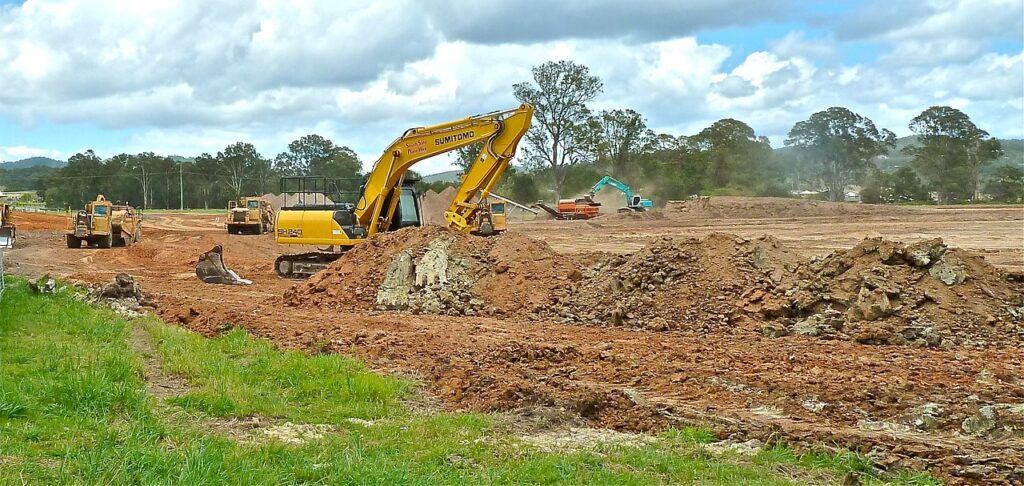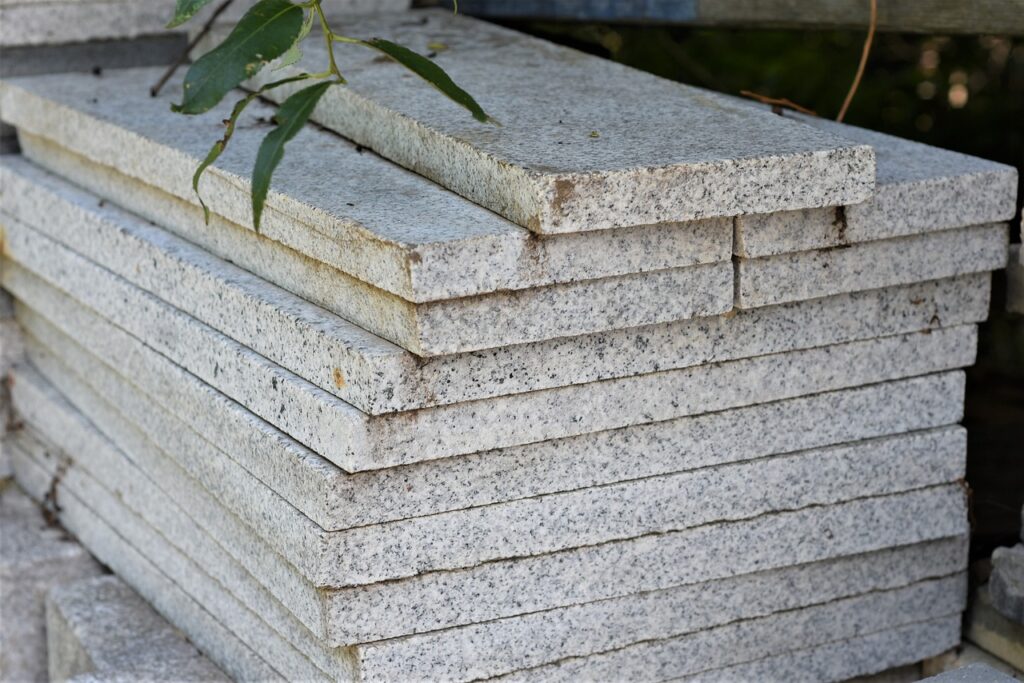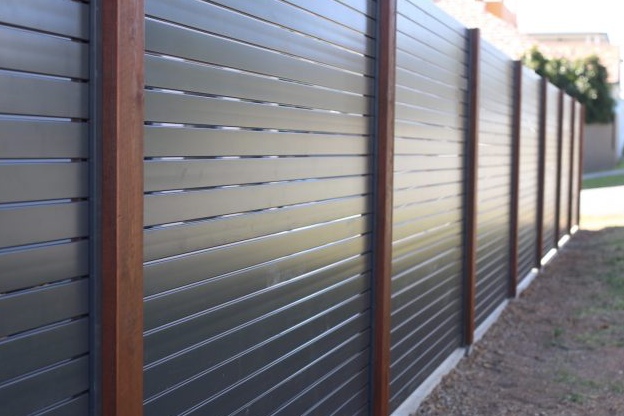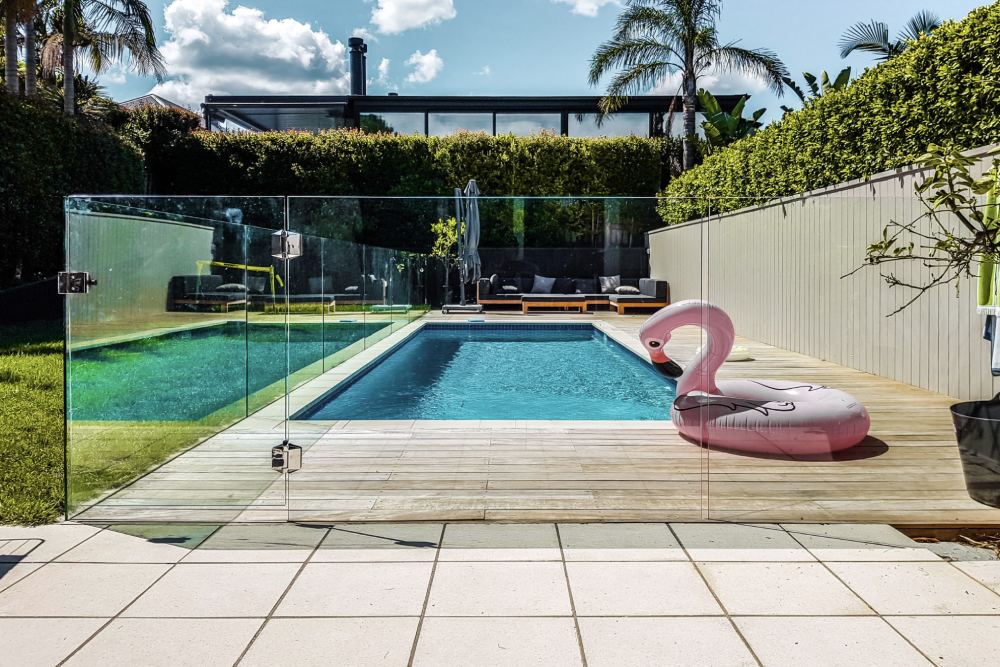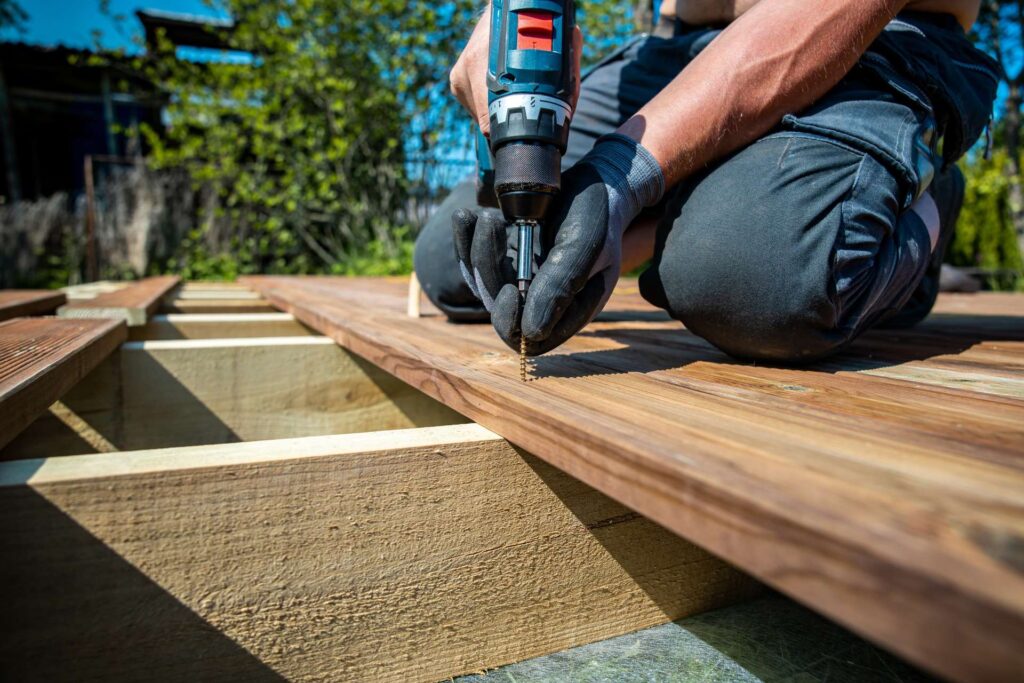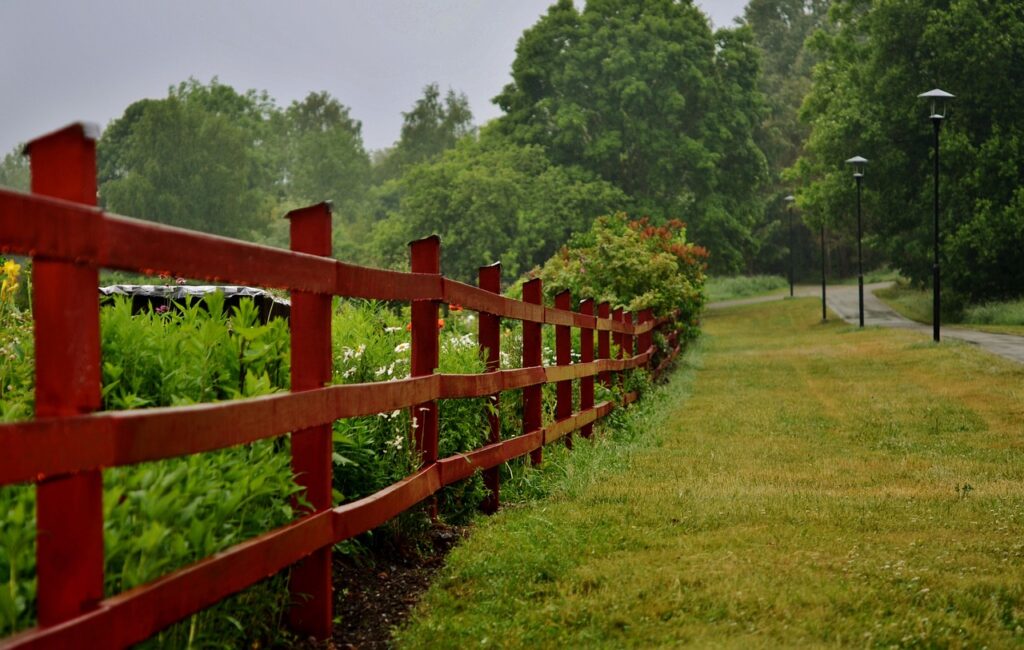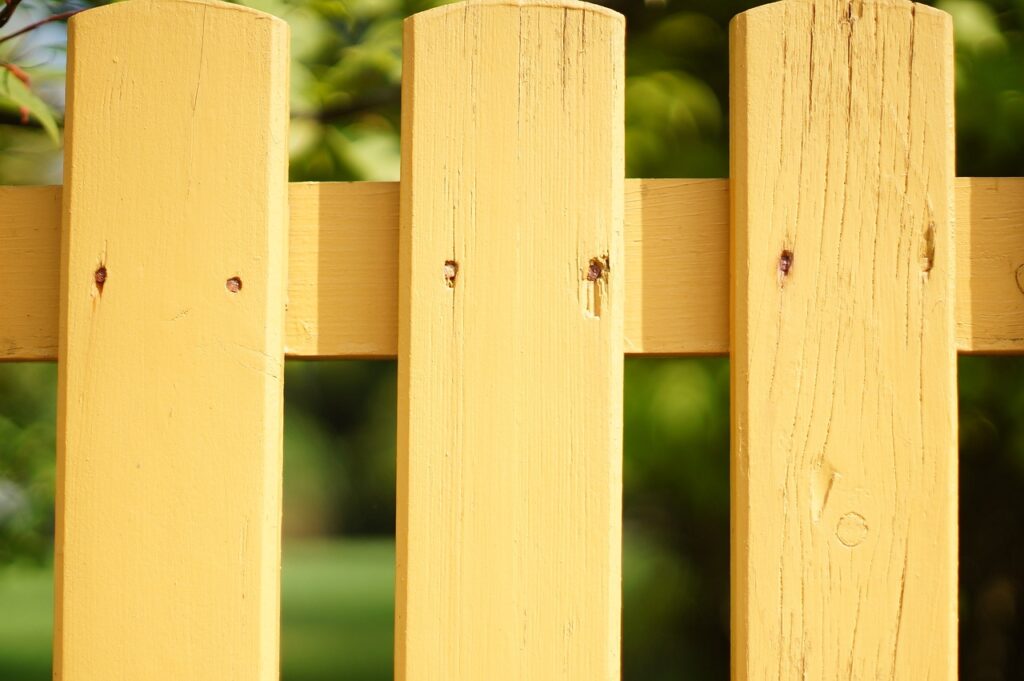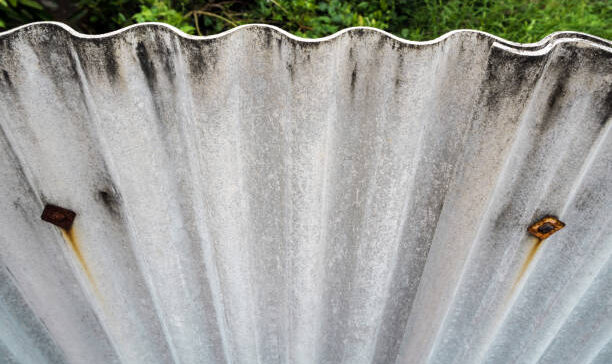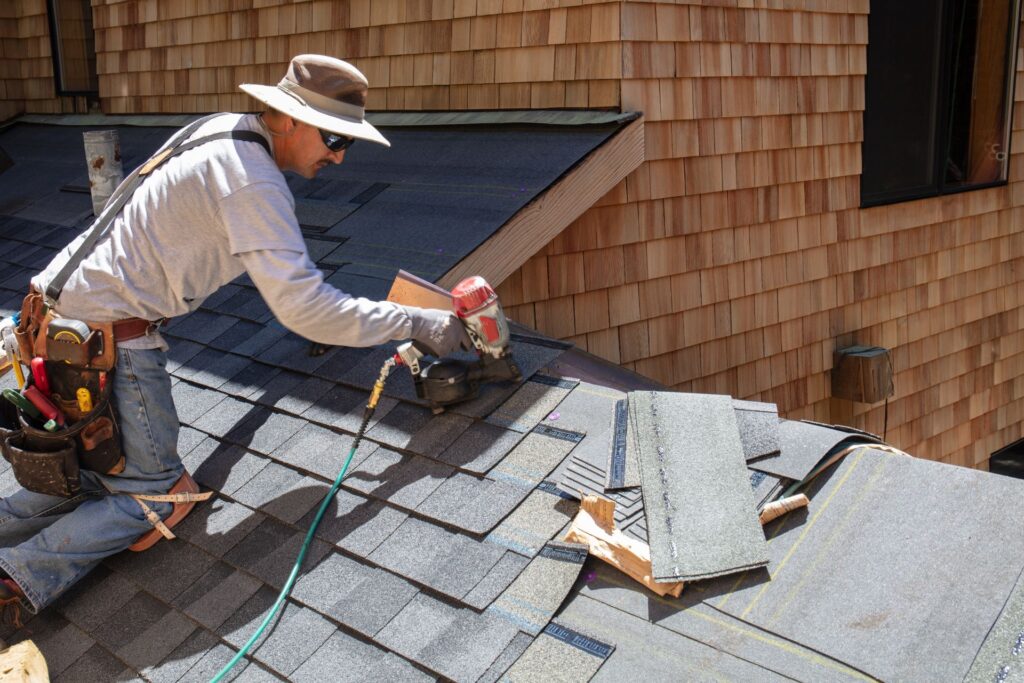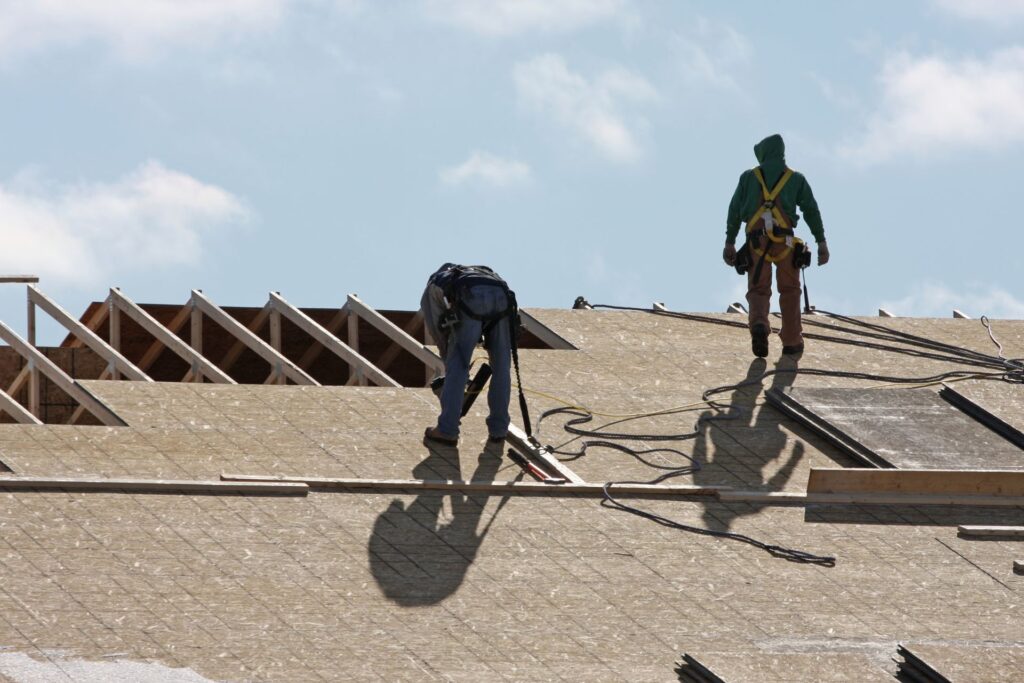Selecting the ideal timber for your decking project is an essential decision that greatly impacts the overall look, feel, and longevity of your outdoor living area. In New Zealand, the abundance of choices when it comes to decking timber can seem overwhelming, but it’s a blessing that allows homeowners to find the perfect match for their specific needs and aesthetic desires. This guide is designed to walk you through the myriad of options available, helping you make an informed choice that not only meets your design aspirations but also ensures that your deck stands the test of time without breaking the bank.
We’ll explore various timber types, each with its unique characteristics, benefits, and cost implications, to help you find a balance between quality, durability, and affordability. Whether you’re looking for a classic look with traditional New Zealand native woods or considering more contemporary, sustainable alternatives, this guide will provide you with the knowledge and confidence to choose the best decking timber for your outdoor sanctuary.
The cheapest decking timber in New Zealand is Treated Pine, which costs anywhere from $250 to $350 per square meter. Treated Pine stands out as the most cost-effective option for homeowners on a budget. It’s widely available locally, making it less expensive than imported hardwoods.
- Understanding Decking Timber Options In NZ
- Factors Influencing Timber Prices
- Finding The Cheapest Decking Timber In NZ
- Sustainability And Eco-Friendly Choices
- Maintenance and Longevity: Balancing Cost With Quality
- DIY VS. Professional Installation: What's More Cost-Effective?
- Case Studies And Real-Life Comparisons
- Additional Cost-Saving Tips
- FAQs: Choosing The Cheapest Decking Timber in NZ
- Conclusion
- Find A Builder Connect Approved Professional Deck Builder Near You!
Understanding Decking Timber Options In NZ
New Zealand’s climate and outdoor lifestyle mean decking is a popular choice for enhancing outdoor living spaces. The most common timbers include Pine, Kwila, and Vitex, each with its unique characteristics.
Pine
Pine wood is renowned for its wide availability and affordability, which makes it an excellent option for individuals looking to furnish their homes or complete projects without breaking the bank. Despite its cost-effectiveness, pine does need to undergo treatment to fend off decay and pests. However, with the right care and maintenance, pine furniture or structures can endure for many years, offering both durability and a pleasing aesthetic. This combination of economic efficiency and longevity makes pine a favored choice among budget-conscious consumers seeking quality and sustainability.
Kwila
Kwila, often praised for its remarkable durability and resistance, is a type of hardwood that stands out due to its vibrant rich red hue. While it may come with a price tag that’s higher than that of Pine, opting for Kwila means investing in a long-lasting material that demands far less upkeep. This makes it not just a practical choice for those looking to minimize maintenance, but also an aesthetically pleasing one for anyone seeking to add a touch of elegance and warmth to their space with its unique coloration.
Vitex
Vitex, known for its lighter hue, stands as an exceptional choice among hardwoods due to its natural resistance to decay and pests, making it a highly sought-after material. It offers homeowners and builders a perfect balance, striking a middle ground between affordability and long-lasting durability. This makes Vitex an ideal option for those looking to invest in quality wood without breaking the bank, ensuring both aesthetic appeal and practical longevity in their projects.
When it comes to building a deck in New Zealand, it’s crucial to take into account the diverse and varying climate conditions across the country. From the sun-soaked beaches to the moist, forested regions, the weather can significantly impact the durability and lifespan of your outdoor structures. Therefore, selecting a timber that is resilient and capable of withstanding the local weather nuances is not just advisable, it’s essential. Doing so ensures that your deck not only looks beautiful upon completion but also remains a durable, long-lasting addition to your home, capable of weathering the elements for years to come.
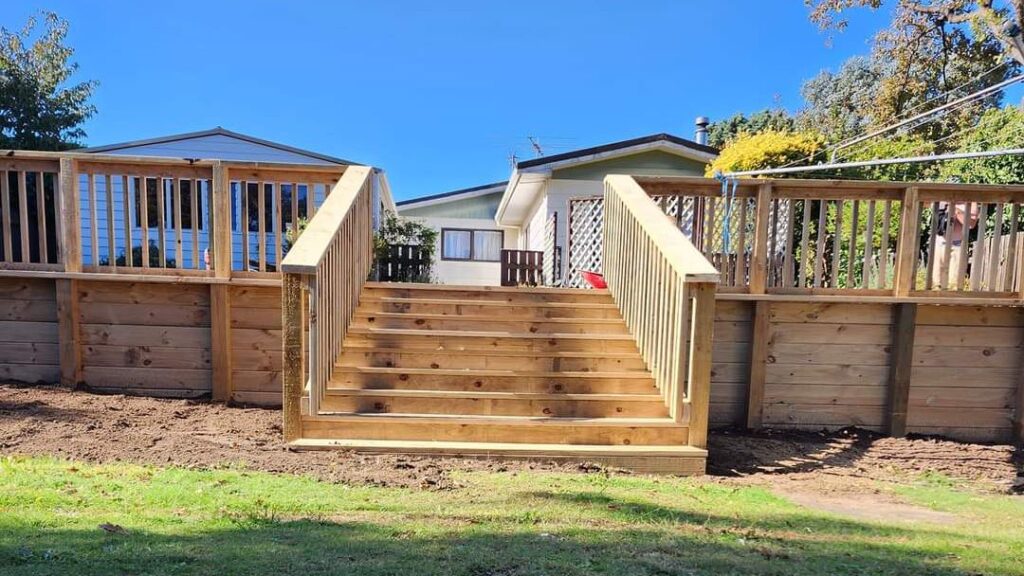
Factors Influencing Timber Prices
In New Zealand, the cost of decking timber is influenced by a variety of important factors that potential buyers and construction professionals should consider when planning their projects. Understanding these elements can help in making informed decisions that align with both budgetary considerations and environmental sustainability goals.
One of the primary factors affecting decking timber prices in NZ is the availability of the wood. Local market demands and the volume of timber being produced or imported play a significant role in determining its price. Timbers that are readily available in the local market, such as domestic varieties like Pine, are often more affordable. This is due to the reduced transportation and import costs associated with bringing these materials to the market. For homeowners and builders looking to undertake a decking project, opting for locally sourced timber can be a cost-effective choice.
Import tariffs are another crucial aspect that can significantly impact the cost of decking timber. New Zealand’s trade policies and agreements with other countries can affect the price of imported timbers. When tariffs are high, the added costs are passed on to consumers, making imported woods more expensive. Despite the higher costs, imported timbers are sometimes preferred for their superior durability or unique aesthetic qualities that may not be available in domestic woods. Species such as Teak, Ipe, or Jarrah, known for their longevity and resistance to weather and pests, can offer a compelling value proposition despite their premium pricing.
Sustainability certifications also play a pivotal role in shaping decking timber prices. Timber sourced from forests that are managed responsibly and sustainably often carries certifications such as FSC (Forest Stewardship Council) or PEFC (Programme for the Endorsement of Forest Certification). These certifications ensure that the wood comes from forests that are managed in a way that preserves biodiversity, benefits local communities, and sustains the forest’s productivity over time. While timber with such certifications can be more expensive, it represents a commitment to environmental conservation and supports sustainable forest management practices. For consumers increasingly concerned with the environmental impact of their purchases, investing in certified sustainable timber for decking projects is a way to contribute to global conservation efforts while enjoying the beauty and durability of natural wood.
In conclusion, when considering the cost of decking timber in New Zealand, it’s essential to weigh the impacts of availability, import tariffs, and sustainability certifications. By understanding these factors, individuals and businesses can make choices that align with their budgetary constraints, aesthetic preferences, and values concerning environmental sustainability. Opting for locally sourced timber can be a cost-effective and environmentally friendly choice, while imported timbers may offer unique benefits that justify their higher cost. Regardless of the choice, prioritizing sustainability certifications can ensure that your decking project contributes positively to environmental conservation efforts.

Finding The Cheapest Decking Timber In NZ
When planning to build or renovate your outdoor space with a new deck, it’s crucial to choose the right decking timber that not only suits your budget but also stands the test of time. While the initial cost is a significant factor, considering the long-term durability and overall value is equally important. In this guide, we’ll explore how to find the most cost-effective decking timber options without compromising on quality.
Domestic Timber Options: An Economical Choice
One of the first things to consider is opting for domestic timber options like Pine. These types of wood are generally more affordable and readily available in the market. Pine, known for its versatility and ease of use, can be a great choice for those looking to minimize costs without sacrificing too much on the quality of their decking project. Its availability in various grades allows you to choose the best option that fits your budget and aesthetic requirements.
The Value Of Durability
However, while initial costs are a key consideration, don’t overlook the long-term benefits of investing in more durable timber options. Hardwoods like Teak, Ipe, or even composite materials, though pricier upfront, may offer better value over time due to their resistance to wear, weather, and pests. These materials can last significantly longer than softer, cheaper woods, reducing the need for frequent replacements or repairs.
Timing And Bargaining: Strategies For Savings
Another strategy to maximize your budget is to look for deals and consider buying in the off-season. Prices for timber can vary throughout the year, and purchasing during the off-season may lead to substantial savings. Additionally, don’t hesitate to compare prices and negotiate deals between local and imported timber suppliers. Local timber can often be more cost-effective due to lower shipping and handling costs, but imported woods might offer unique qualities and durability that justify the extra expense.
Price Comparisons And Long-Term Thinking
It’s essential to remember that the cheapest upfront option isn’t always the most cost-effective in the long run. When comparing prices, factor in the lifespan of the material, maintenance costs, and any potential future repairs. Investing a bit more initially in a higher-quality option can save you money and hassle over time, ensuring that your deck remains a beautiful and functional part of your outdoor living space for years to come.

Sustainability And Eco-Friendly Choices
In New Zealand, the conscious decision to opt for sustainable decking timber is becoming more than just a trend; it’s evolving into a crucial consideration for homeowners and builders alike who are deeply committed to environmental conservation. As awareness about the impacts of deforestation and the importance of preserving our natural resources grows, the choice of decking material takes on new significance. Sustainable decking timber, especially those products that carry sustainability certifications like those endorsed by the Forest Stewardship Council (FSC), stands out not just for its environmental benefits but also for its potential to offer cost savings over time.
While it’s true that timber with sustainability certifications may come with a higher price tag upfront, the investment goes beyond mere cost. Choosing FSC-certified timber, for instance, means supporting practices that ensure forests are managed responsibly, balancing the needs of the environment, wildlife, and local communities. This responsible sourcing helps to maintain the ecological balance and contributes to the health of the planet, making the initial investment one that pays dividends not just to the homeowner but to the environment as well.
Moreover, sustainable decking materials, including recycled timber and timber sourced from sustainably managed forests, are often touted for their durability and long-lasting nature. Eco-friendly choices are not just about reducing the environmental footprint; they’re also about creating outdoor spaces that stand the test of time without frequent replacements or repairs. This durability translates into cost savings in the long run, as the need for maintenance and potential replacement is significantly reduced.
In addition to the environmental and economic benefits, opting for sustainable decking timber can also enhance the aesthetic and value of your home. Decking made from high-quality, sustainable materials can offer a natural beauty that complements any outdoor setting, adding to the overall appeal of your property. With the growing consumer preference for eco-friendly products, homes that boast sustainable features are often more attractive to potential buyers, potentially increasing property value.
It’s also worth considering the wider range of options available in the sustainable timber market. From local species that require less transportation and therefore have a lower carbon footprint to innovative products that combine recycled materials with new timber for enhanced strength and sustainability, the choices are expanding. This diversity allows homeowners to select decking materials that not only meet their environmental values but also fit their design vision and functional requirements.

Maintenance and Longevity: Balancing Cost With Quality
When considering the construction of a new deck, or the replacement of an existing one, the choice of decking material is paramount. Not only does this decision affect the aesthetic appeal and functionality of your outdoor space, but it also plays a significant role in the long-term costs associated with maintenance and durability.
One of the most popular materials for decking is timber, prized for its natural beauty, versatility, and warmth. However, the cost of timber decking extends far beyond the initial purchase price. Maintenance is a critical factor that can significantly impact the overall cost of your decking project. This aspect is often overlooked in the planning stages, yet it can influence the true value of your investment over time.
Cheaper timber options, such as Pine, are initially attractive due to their low upfront cost. Pine, a softwood, is readily available and easy to work with, making it a popular choice for budget-conscious homeowners. However, Pine decking requires regular maintenance to preserve its condition and extend its lifespan. This includes treatments to protect against decay, pests, and weather-related damage. Over time, the need for periodic staining, sealing, or painting can add considerable expense to the total cost of ownership. Moreover, these maintenance activities demand time and effort, which could detract from the enjoyment of your outdoor space.
On the other hand, more expensive timber options like Kwila (also known as Merbau) offer a different value proposition. Kwila is a hardwood known for its durability, natural resistance to decay, pests, and harsh weather conditions. While the initial investment in Kwila decking may be higher, its robust nature translates to lower maintenance requirements. This not only reduces ongoing costs but also spares homeowners from frequent maintenance tasks, allowing more time to enjoy the deck rather than upkeep it.
It’s crucial to consider the balance between the initial investment and potential savings in maintenance when choosing your decking material. Proper maintenance is essential, regardless of the timber chosen. By adopting a routine care schedule, you can significantly extend the life of your deck. This ensures that even more affordable timber options, like Pine, can provide years of enjoyment and functionality. Additionally, well-maintained decks add to the aesthetic appeal of your home, potentially increasing its value.
In summary, while the cost of decking timber includes the price of materials and installation, maintenance is an equally important factor that influences the total cost over the deck’s lifespan. By carefully selecting a timber that aligns with your budget and maintenance capacity, you can enjoy a beautiful and durable deck that enhances your outdoor living space for many years to come. This thoughtful approach to decking material selection ensures that homeowners can make an informed decision that balances initial costs with long-term value and enjoyment.

DIY VS. Professional Installation: What’s More Cost-Effective?
Choosing the right path for your decking project, whether to go the do-it-yourself (DIY) route or opt for professional installation, is a pivotal decision that can have a considerable impact on both the project’s overall cost and its final outcome. This decision is not just about weighing the initial cost savings against potential future expenses but also about understanding the value that each option can bring to your home improvement venture.
Embarking on a DIY decking project can be an enticing prospect, particularly for those who have a knack for handiwork and enjoy the satisfaction of completing a project with their own hands. One of the most significant advantages of choosing to DIY your deck is the potential savings on labor costs. By taking on the work yourself, you can significantly reduce the overall expenditure, making this option appealing to budget-conscious homeowners. However, it’s crucial to recognize that DIY projects come with their own set of challenges. Without the requisite experience or skills, you might find yourself facing unforeseen complications. Mistakes made during the construction process can not only lead to additional expenses in materials but also in rectifying any errors. These unexpected costs can sometimes surpass the savings made on labor, making it essential to carefully assess your capabilities and the project’s requirements before diving in.
On the other hand, opting for professional installation can bring a multitude of benefits, particularly in terms of quality and peace of mind. Professional deck builders come equipped with the expertise, tools, and knowledge necessary to navigate the intricacies of deck construction. This proficiency not only ensures a high-quality finish but also significantly reduces the risk of costly mistakes. Professionals are adept at foreseeing potential issues and mitigating them before they escalate, potentially saving you money in the long run. Furthermore, many professional installers offer warranties on their work, providing an added layer of security for your investment. While the upfront cost of hiring professionals may be higher compared to DIY, the value they bring in terms of reliability and longevity can offer better value for money in the long term.
When deciding between DIY and professional installation for your decking project, it’s important to consider not just your current skills and the project’s complexity but also the time commitment required. DIY projects can be time-consuming, and without proper planning, they can stretch over longer periods than anticipated. If your schedule is already tight, professional installation might be the more convenient choice, ensuring your project is completed efficiently and within a predetermined timeframe.
In conclusion, the decision between DIY and professional installation for your decking project hinges on a careful evaluation of various factors, including cost, time, skill level, and the complexity of the project. By thoroughly assessing your abilities and the project’s demands, you can make an informed decision that aligns with your budget, timeline, and expectations for quality. Whether you choose to embrace the challenge of a DIY project or rely on the expertise of professionals, careful planning and consideration will ensure that your decking project enhances your outdoor living space and adds value to your home.
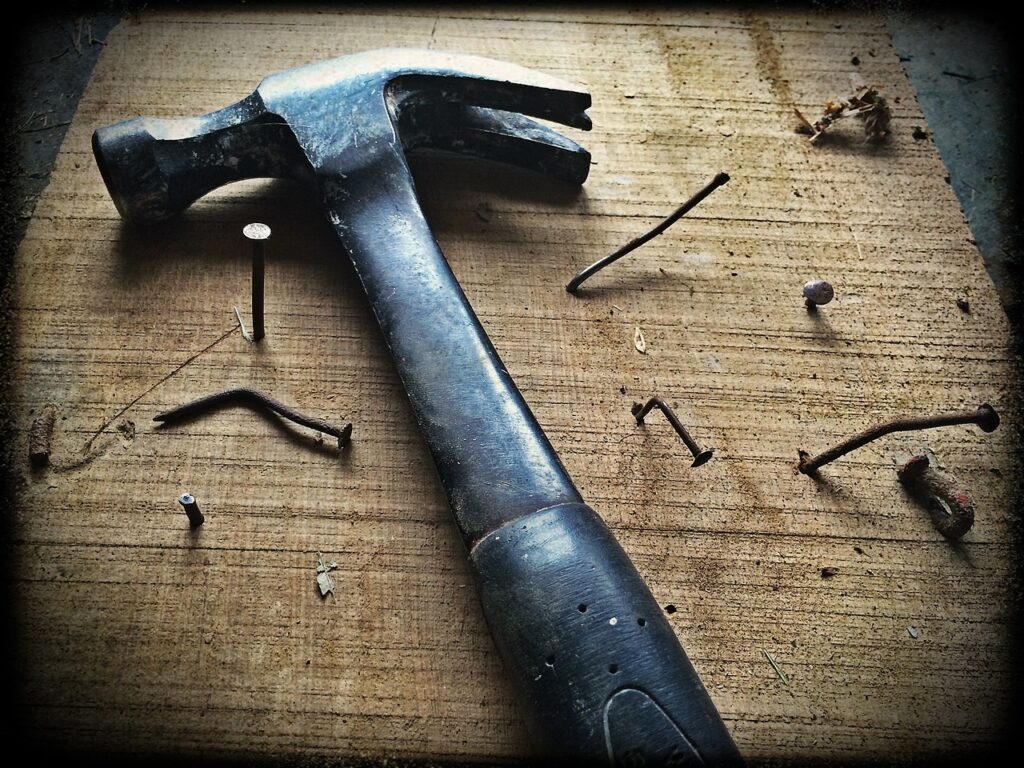
Case Studies And Real-Life Comparisons
In the quest to create the perfect outdoor living space, homeowners in New Zealand are faced with numerous decisions, one of the most critical being the choice of decking timber. This choice is not only crucial for the aesthetic appeal of the deck but also for its durability, maintenance requirements, and overall cost-effectiveness. To assist in this decision-making process, real-life examples and case studies from both homeowners and professionals can provide invaluable insights. These accounts offer a comprehensive look into the real-world applications of various decking timbers, shedding light on their costs, benefits, and potential drawbacks.
Homeowner testimonials are a treasure trove of information, offering personal experiences with different types of decking timber. These narratives often detail the decision-making process, from initial research to final selection, and can include reflections on the timber’s performance over time. For instance, a homeowner might share their journey in choosing a native New Zealand timber like Kauri or Rimu, discussing the material’s natural beauty, how it complements their home’s aesthetic, and its resistance to local weather conditions. Alternatively, testimonials might explore the choice of imported timbers, such as Teak or Merbau, and discuss factors like cost, durability, and the wood’s environmental impact.
Professional recommendations, on the other hand, provide a different perspective, focusing on the technical aspects of decking materials. Experts in construction and landscaping can offer advice on the best types of timber for various climates and settings in New Zealand. They might compare the longevity of hardwoods versus softwoods or discuss the merits of sustainably sourced materials. Additionally, professionals can provide insights into maintenance requirements for different timbers, including the need for regular sealing, the potential for warping or splitting, and resistance to pests and decay.
Beyond the choice of timber, these case studies often highlight the ongoing costs and maintenance associated with decking. For example, while some woods may have a higher upfront cost, their longevity and low maintenance requirements can make them more cost-effective over time. Conversely, less expensive options might require more frequent treatment or replacement, leading to higher long-term costs.
Moreover, these real-life examples delve into the aesthetic considerations and lifestyle benefits of various decking options. They can illustrate how the warmth and natural beauty of timber decking can enhance outdoor living spaces, creating a seamless transition between indoor and outdoor areas. Whether hosting family barbecues, enjoying quiet mornings in the garden, or simply admiring the view, the choice of decking timber plays a pivotal role in the enjoyment and functionality of these spaces.
In conclusion, incorporating real-life examples and professional insights into the discussion of decking timbers in New Zealand offers a more nuanced and practical perspective. By examining homeowner testimonials and expert recommendations, individuals can gain a realistic view of what to expect in terms of costs, maintenance, and longevity. This approach not only helps in making an informed decision but also ensures that the chosen decking material aligns with both aesthetic preferences and practical requirements, ultimately contributing to the creation of a beautiful, durable, and enjoyable outdoor living area.
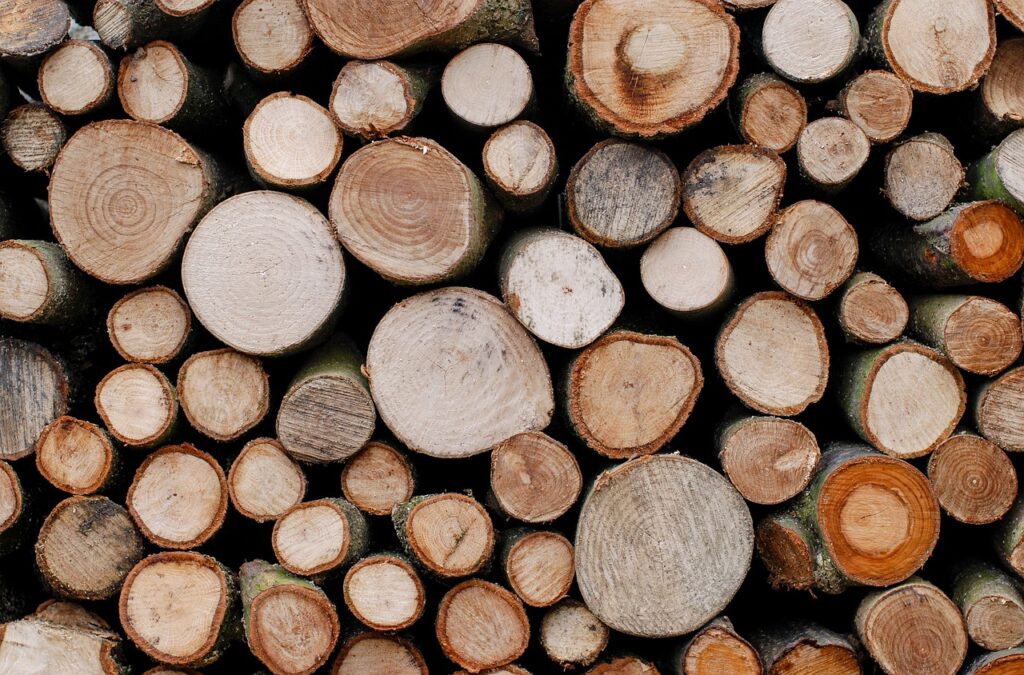
Additional Cost-Saving Tips
To enhance your savings potential on your next decking project, it’s worth delving into several strategic approaches that can help stretch your budget further. Engaging in negotiations with suppliers can open up opportunities for discounts that aren’t typically advertised. This process involves discussing your project requirements and budget constraints with your suppliers to see if there’s any flexibility in pricing. It’s a step often overlooked, but with the right approach, it can lead to considerable cost reductions.
Moreover, staying vigilant for sales and discounts is another key strategy. Many retailers and suppliers offer periodic sales, especially during off-peak seasons or end-of-financial-year clearances. Signing up for newsletters, following your favorite suppliers on social media, and keeping an eye on their websites can alert you to these opportunities as soon as they arise. Discounts on bulk purchases can also significantly lower the overall cost for larger projects, so don’t hesitate to inquire about such deals.
Careful planning of your decking project is another crucial aspect of maximizing savings. By thoroughly mapping out your project’s scope and requirements, you can purchase materials more accurately, thereby minimizing waste. This not only saves money on materials but also contributes to a more sustainable construction practice. Additionally, consider the design and layout of your deck carefully; sometimes, simpler designs can be more cost-effective and just as aesthetically pleasing as more complex ones.
Seasonal buying is an often-underestimated tactic that can lead to significant savings. Material prices can fluctuate based on demand, with prices generally lower during the off-season. Planning your project to coincide with these times can result in substantial discounts. For example, late fall or early winter might be the best times to purchase your materials for a spring project, as demand is typically lower during these periods.
By employing these strategies—negotiating with suppliers, taking advantage of sales and discounts, planning your project carefully to avoid waste, and considering the timing of your purchases—you can make a meaningful impact on the overall cost of your decking project. Each step requires a bit of effort and foresight, but the potential savings make it a worthwhile endeavor. Not only will you end up with a beautiful deck, but you’ll also enjoy the satisfaction of having managed your resources wisely.

FAQs: Choosing The Cheapest Decking Timber in NZ
Conclusion
In New Zealand, choosing the ideal decking timber is a critical decision that necessitates a fine balance between cost, quality, and sustainability, affecting the deck’s aesthetics, durability, and upkeep. Homeowners must deliberate on maintenance needs, installation intricacies, and overall expenses to identify solutions that align with their requirements and tastes. Emphasizing sustainability is paramount, as eco-friendly choices reduce environmental impact and promise long-term savings, especially in a country with diverse climate challenges. Material selection must consider New Zealand’s unique weather conditions to ensure deck longevity.
The installation process and maintenance demands of different timbers also influence the decision, with some materials requiring specialized handling or frequent care to preserve their condition. A thorough examination of these factors enables homeowners to make informed choices, resulting in outdoor spaces that are not only visually appealing and durable but also environmentally responsible and cost-effective. This approach ensures that the investment in decking is not merely about enhancing outdoor aesthetics but about making a conscientious and sustainable addition to one’s home.
Find A Builder Connect Approved Professional Deck Builder Near You!
- Balcony Construction Christchurch
- Deck Builders Alexandra
- Deck Builders Alexandra, Clyde & Cromwell
- Deck Builders Auckland
- Deck Builders Central Otago
- Deck Builders Christchurch
- Deck Builders Clyde
- Deck Builders Cromwell
- Deck Builders Hamilton
- Deck Builders Hawkes Bay
- Deck Builders Invercargill
- Deck Builders Kapiti Coast
- Deck Builders Lower Hutt
- Deck Builders Nelson
- Deck Builders Palmerston North
- Deck Builders Porirua
- Deck Builders Queenstown
- Deck Builders Taupo
- Deck Builders Upper Hutt
- Deck Builders Wanaka
- Deck Builders Wellington
- Deck Builders West Auckland
- Deck Staining Palmerston North
About the Author:
Mike Veail is a recognized digital marketing expert with over 6 years of experience in helping tradespeople and small businesses thrive online. A former quantity surveyor, Mike combines deep industry knowledge with hands-on expertise in SEO and Google Ads. His marketing strategies are tailored to the specific needs of the trades sector, helping businesses increase visibility and generate more leads through proven, ethical methods.
Mike has successfully partnered with numerous companies, establishing a track record of delivering measurable results. His work has been featured across various platforms that showcase his expertise in lead generation and online marketing for the trades sector.
Learn more about Mike's experience and services at https://theleadguy.online or follow him on social media:



